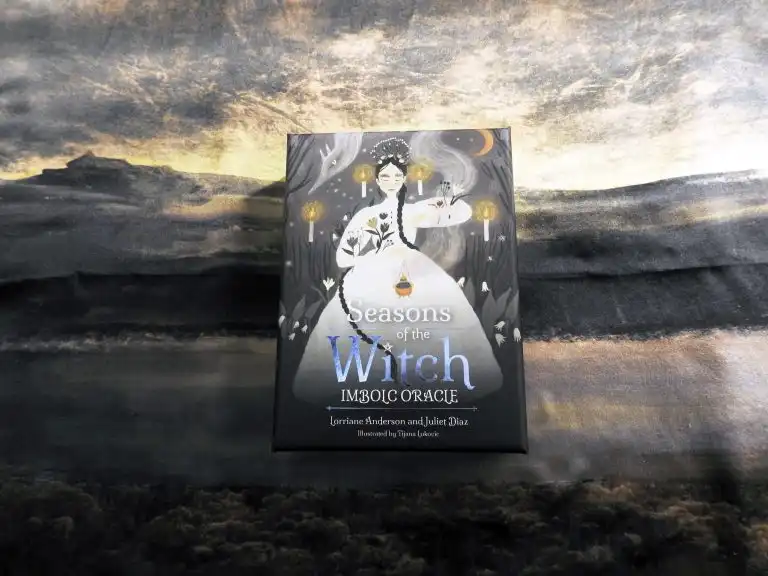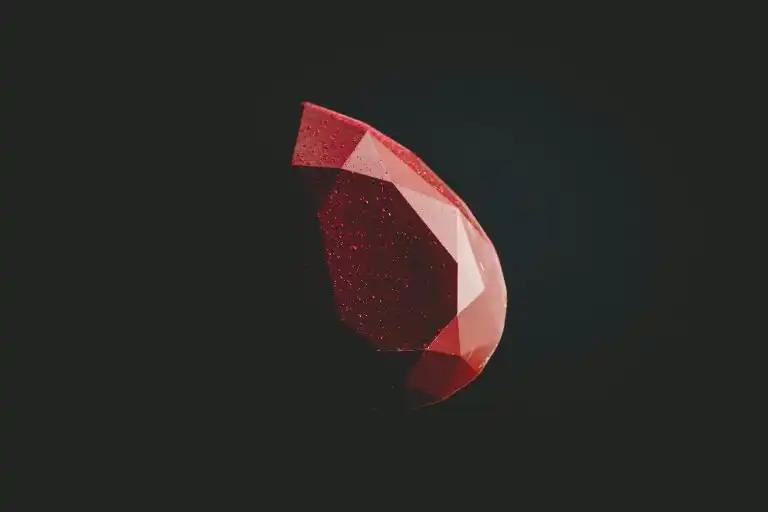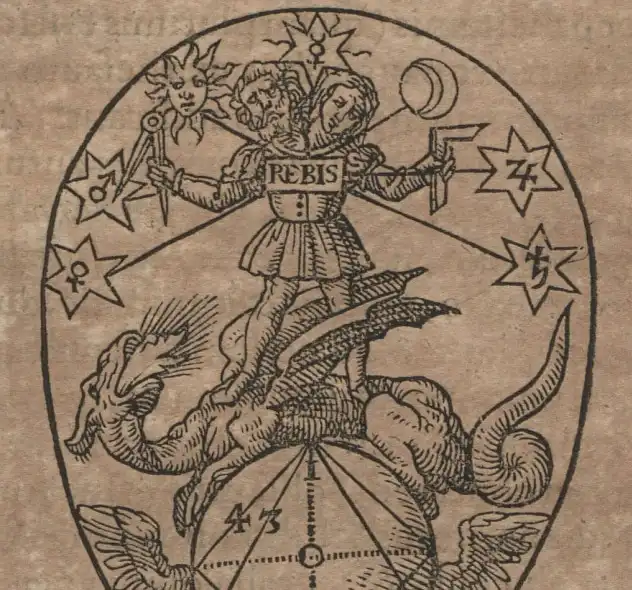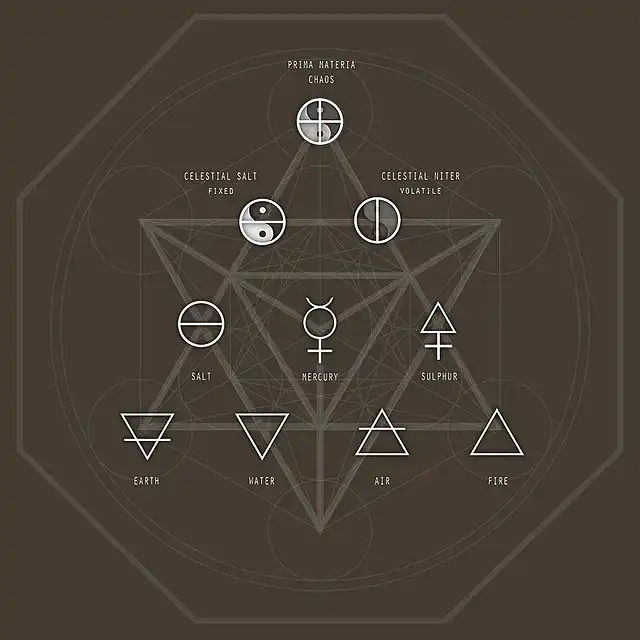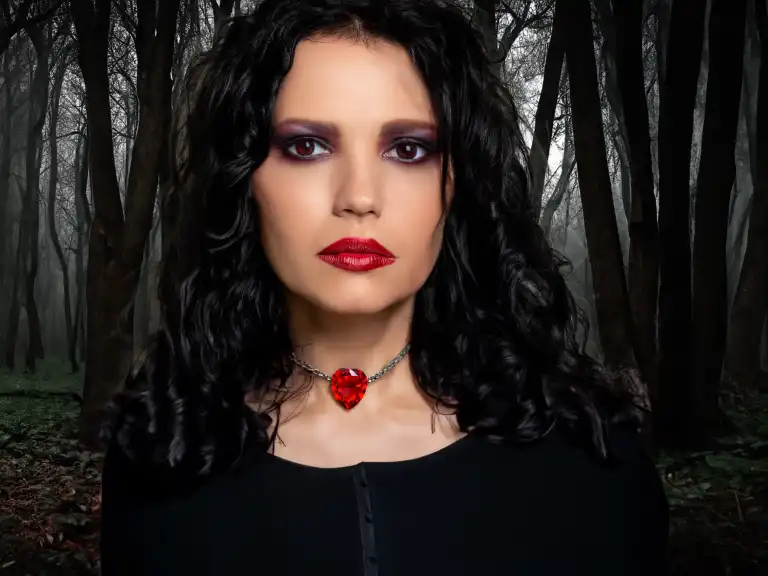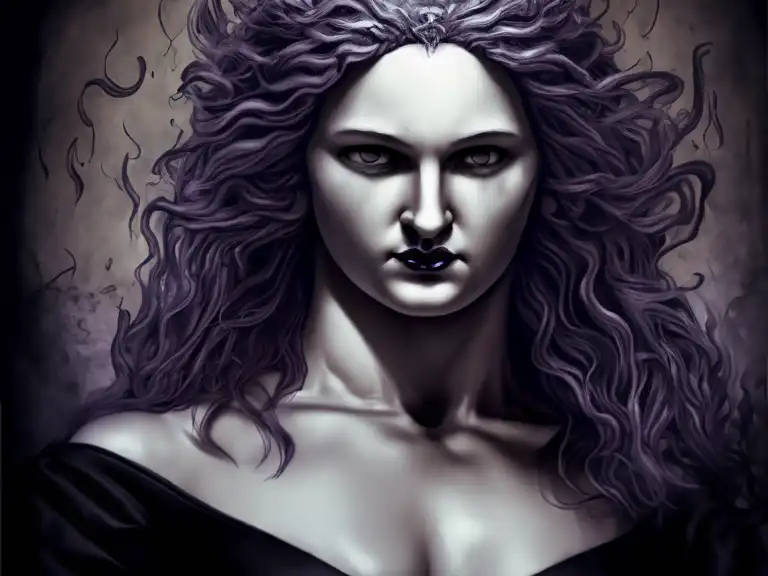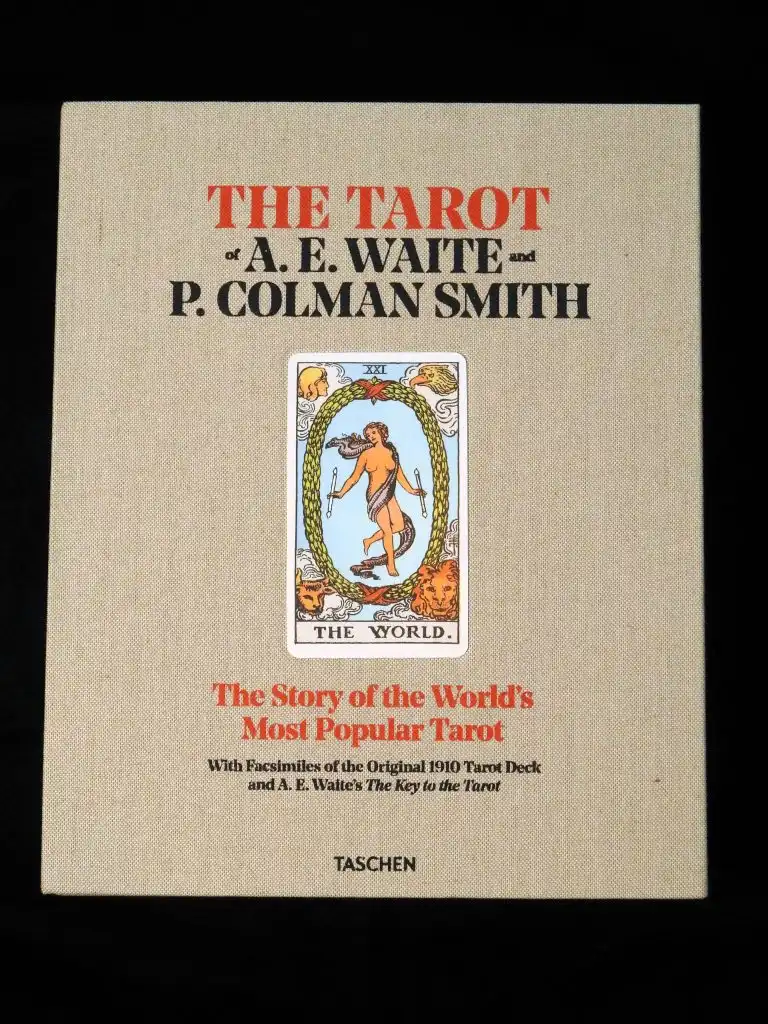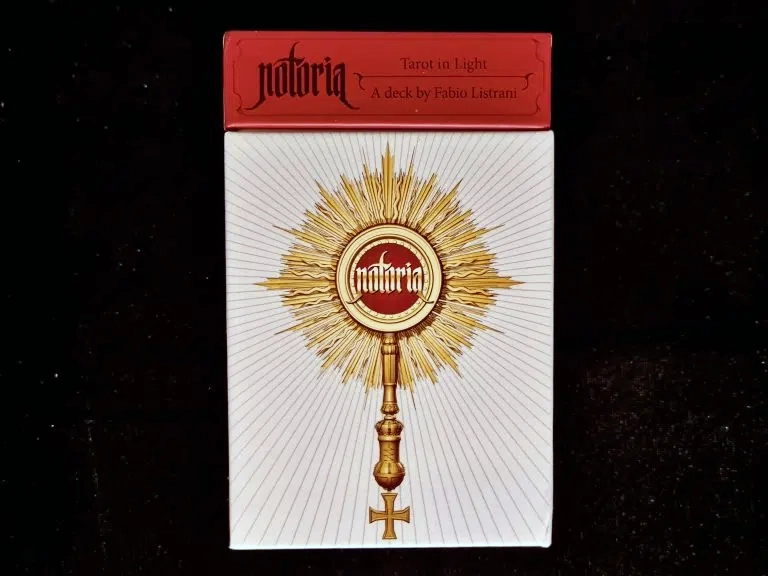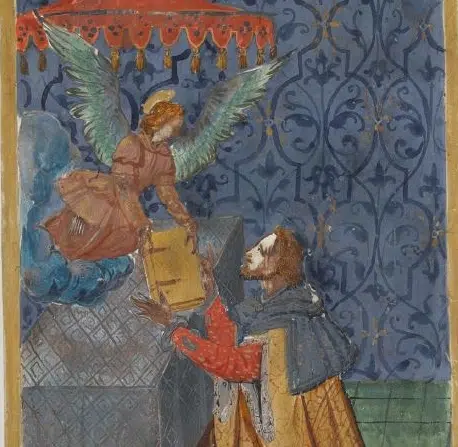Lilith, a figure in mythology and folklore, has been depicted as a demon, a witch, and a goddess. Her story, adapted and retold by various cultures, is a testament to female empowerment, rebellion against patriarchal authority, and the mysterious aspects of femininity. Lilith's journey, a popular theme in literature and art, has recently propelled her to the status of a feminist icon. In the occult, Lilith is often invoked as a goddess of transformative power and spiritual rebellion, her complexity understood by practitioners. To create an altar for Lilith, practitioners can infuse their space with symbols such as an owl, serpent, pomegranate, or lunar imagery. The offerings of wine, dark chocolate, pomegranates, or other feminine and sensual foods serve as a tangible expression of respect for her spiritual significance.
